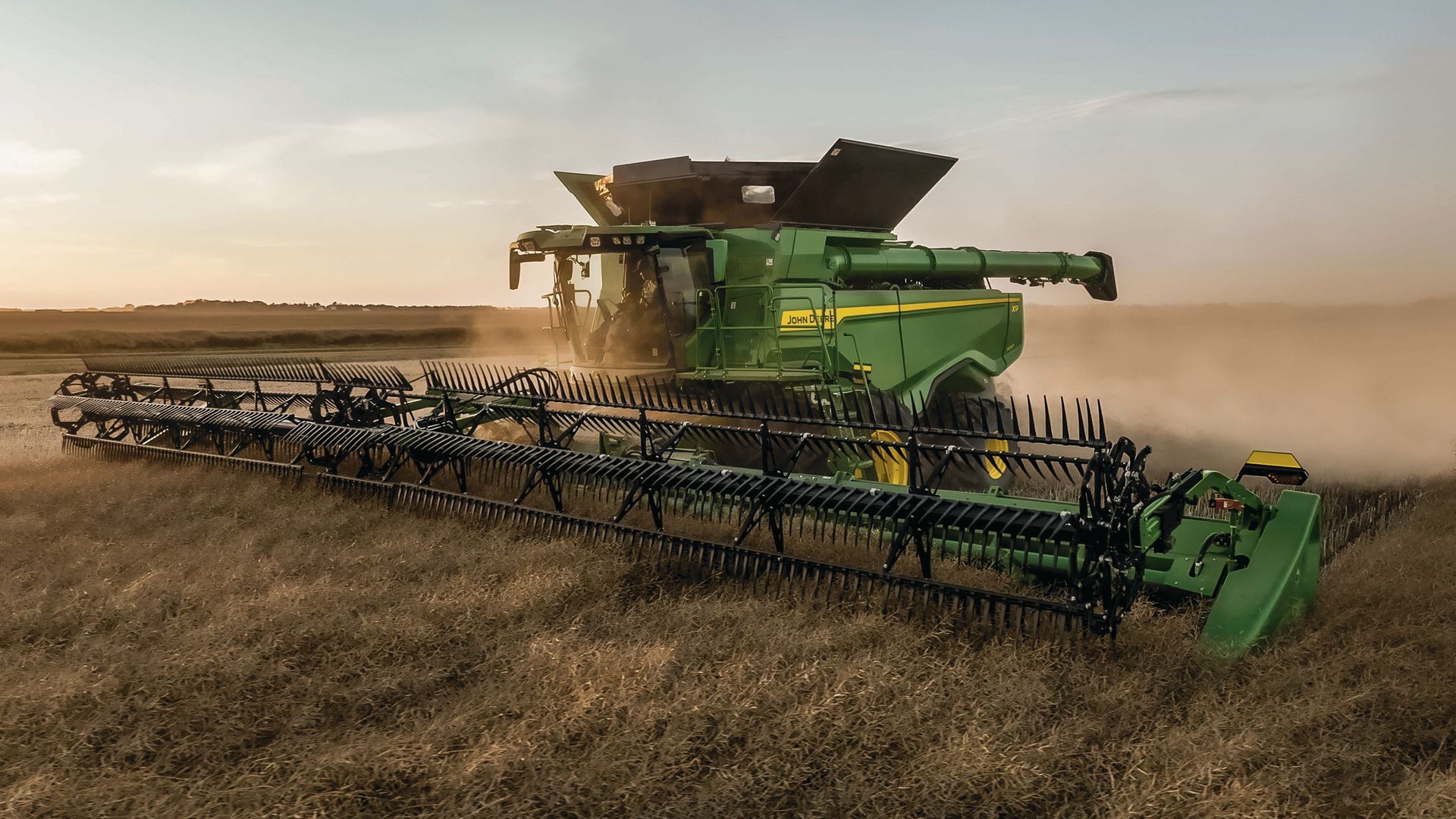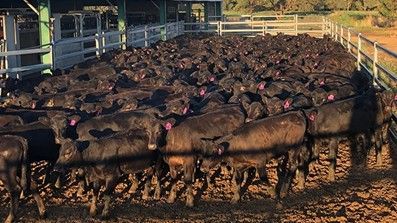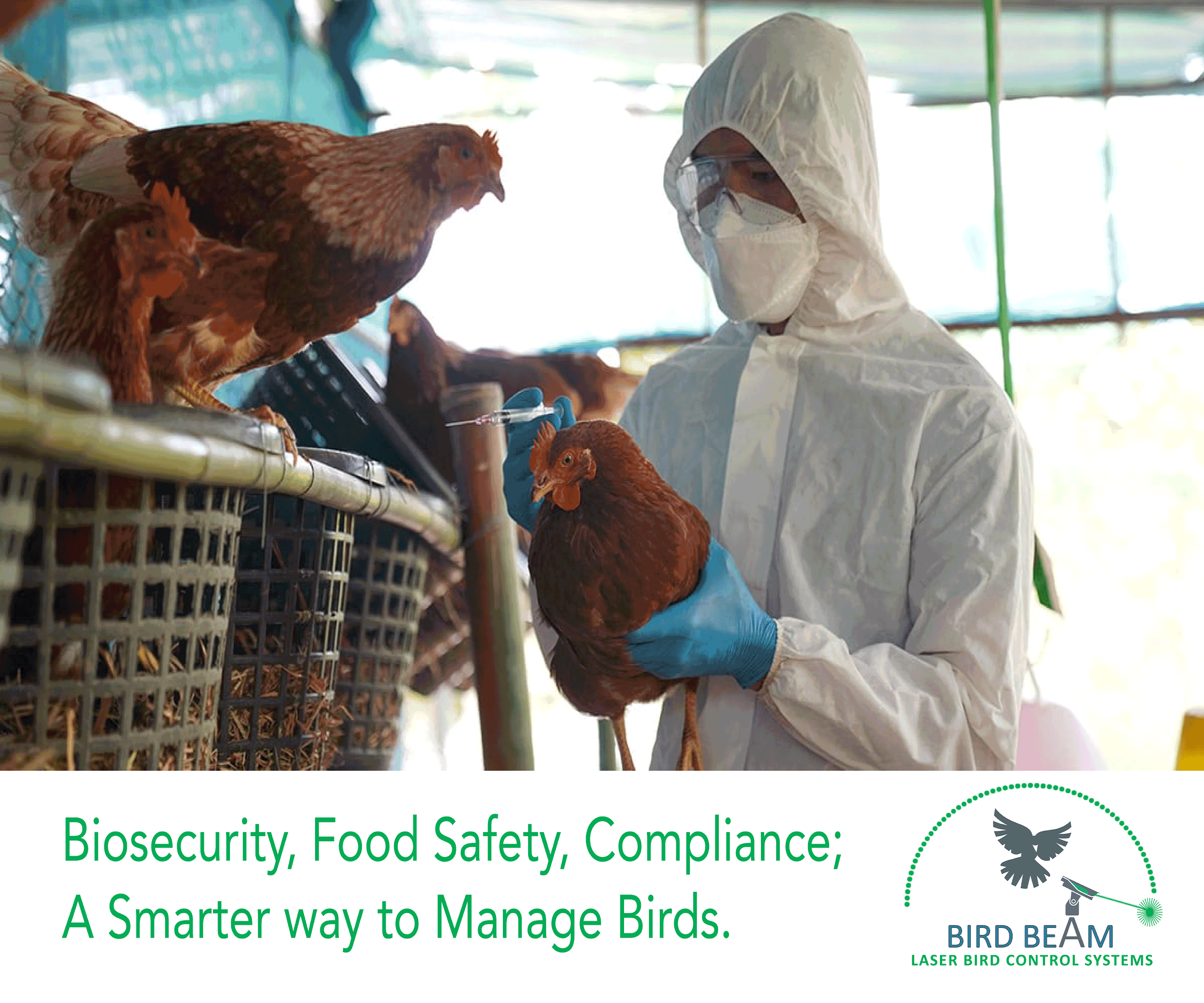1MG FlippingBooks
Horticultural employee pay changes now in effect
As of the 15th of April, horticultural growers are now required to pay overtime and night loading to casual employees, following changes to the Horticulture Award made by the Fair Work Commission.
Casual workers employed in the horticultural industry are now entitled to overtime rates when working more than 304 ordinary hours during an eight-week period, or 12 ordinary hours on any day or engagement, with overtime to be paid at 175 per cent of their minimum hourly wage.
Workers are also entitled to a 15 per cent night loading if they work between 8.31pm and 4.59 am, though during daylight saving time in the Northern Territory, Queensland and Western Australia these hours can be shifted to 7.31pm to 3.59am.
The Fair Work Commission also clarified the public holiday penalty rate for casual employees in the industry, setting the rate at 225 per cent of the employee’s minimum hourly wage.
The changes were announced on the 2nd of April, giving growers just two weeks to implement the changes – a decision that has attracted criticism from the National Farmers’ Federation (NFF) due to concerns about misunderstandings and mistakes in such a short compliance period.
“Farmers need time to revisit their budgets, their business strategy and workforce planning to assess the impact of the change and time to modify their plans if needed,” said NFF CEO Tony Mahar. “Farmers want to make working on their farm a rewarding experience and that's why we did not object to the introduction of overtime for casual workers.
“The Fair Work’s two-week implementation period shows an astonishing ignorance of the way in which small businesses operate.”
To help farmers adapt quickly to the new wage system, the NFF has prepared an information sheet outlining the changes and the measures farmers need to take to ensure compliance. You can also find out more about the changes on the Fair Work Ombudsman website.

















